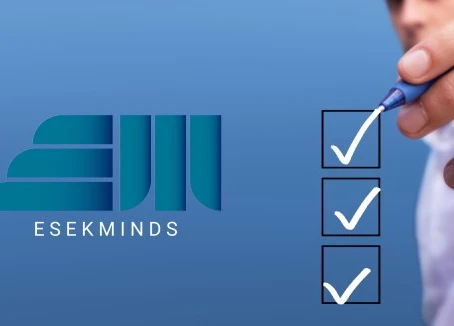Clarity
The first step toward simplicity is clarity. Whether you're explaining a concept, presenting a product, or delivering a message, make sure your content is crystal clear. Avoid jargon and convoluted language that can leave people scratching their heads. Use simple and straightforward language to convey your ideas.
Visual Appeal
A picture is worth a thousand words, and this adage holds true in engagement as well. Incorporate visuals that complement your content and enhance understanding. Charts, infographics, and illustrations can help break down complex ideas into easily digestible pieces.
Brevity
Time is a precious commodity, and people appreciate content that respects that. Keep your content concise, focusing on the core message or information you want to convey. Whether it's a video, an article, or a presentation, trimming unnecessary details keeps audiences engaged and attentive.
Relevance
Before creating content, ask yourself: "Is this relevant to my target audience?" Tailor your content to address the specific needs, interests, and pain points of your audience. Content that resonates with your audience's concerns is more likely to be consumed and shared.
Value Proposition
Your content should clearly communicate its value proposition. What will the audience gain from engaging with it? Whether it's knowledge, entertainment, or a solution to a problem, the value should be evident from the outset.
Proof and Credibility
Back up your claims with evidence and examples. This could include data, case studies, testimonials, or expert opinions. Establishing credibility not only validates your content but also fosters trust with your audience.
Actionable Insights
Offer concrete takeaways that your audience can apply immediately. Whether it's a tutorial, a step-by-step guide, or practical tips, actionable insights turn passive engagement into active participation.
Accessibility
Ensure that your content is accessible to a wide range of individuals. Avoid using overly technical language or assuming prior knowledge. Create content that accommodates both beginners and those with more experience in the subject matter.
Encouragement and Support
Instill a sense of confidence in your audience. Let them know that they can indeed apply what they've learned or take the suggested actions. Provide encouragement and offer to address any questions or concerns they might have. By consistently asking and addressing these three questions – "Is it simple?", "Does it work?", and "Can I do it?" – you can transform your engagement strategy. Simplicity ensures that your message is understood, functionality provides value, and applicability empowers your audience. Engaging content isn't just about attracting attention; it's about creating a meaningful connection that resonates and endures.




